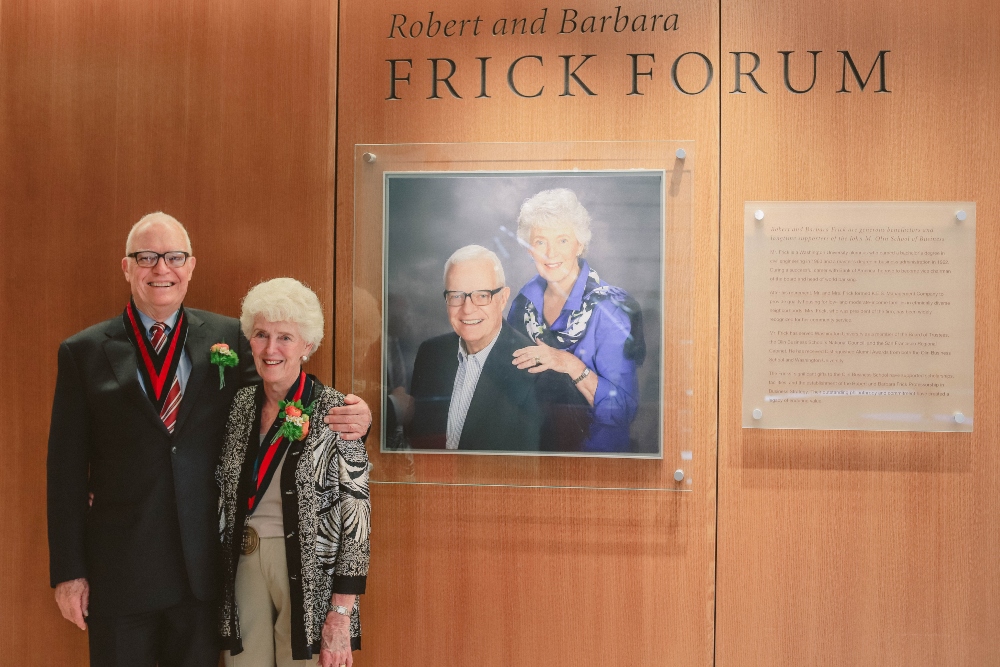The College Donor Digest
Q&A with Meg Cline, University of Illinois Foundation
February 28, 2023 | Emily Koons Jae
FAR Director Emily Koons Jae interviewed Meg Cline, CFA and CFP, the vice president for gift planning and trust services at the University of Illinois Foundation, where she has held leadership positions for nearly two decades. Ms. Cline earned her B.S. and M.B.A. from the University of Illinois Urbana-Champaign (UIUC).
Could you talk a bit about your role at the University of Illinois Foundation?
My team and I are the “how-to” people behind a gift. Whether a donor wants to fund a chair or a scholarship, we want to understand their “why” so that we can develop gift agreements that achieve the donor’s philanthropic objectives and are in-line with what the academic institution can effectively execute on behalf of that donor. We also seek to understand their portfolio of assets so we can suggest what instruments might be most effective for funding their gift.
Defining a philanthropic goal can be challenging for donors. How do you approach those conversations?
It is important that donors are willing to share what kind of impact they seek to have. Describing that as a story or compelling vision is the most helpful thing they can do for a university.
I encourage donors not to necessarily come forward with one idea, but to step back for a moment and think about how they want to shape the institution and what the desired impact of their philanthropy is. Defining a donor’s intentions is key, and that is why you will see a statement of intention right up front in our gift agreements.
The placement of donor intent at the top of the gift agreement seems to signify the university foundation’s commitment to honoring a donor’s wishes. Can you share more about what protections the foundation has in place?
We have strong language incorporating donor intent into the gift agreement. We also have a stewardship committee at the foundation who oversees donor intent through regular audits and checks and balances. That committee is not just a rubber stamp. They carefully evaluate situations, particularly when a donor is deceased and can no longer articulate their intentions. They ask key questions, such as, “What did the benefiting unit do to try to honor the original intent?”
Our gift administration office is always looking at fund balance accumulations and conducts its own annual audits. Additionally, we have a system so that our funds at the foundation are distributed to a fund on the university side that has a matching code. For instance, we cannot send student scholarship dollars to a professorship/faculty account, a faculty support fund, or a research fund.
What advice do you have for donors thinking about giving to a college or university?
Communication between the donors and institutions up-front is key. Donors should ask what the long-term priorities of the institution are right now and how their desired impact helps support that priority. That does not mean that those must be the donor's priorities, but if the donor’s priorities and the institution’s priorities are so far apart that there is no common ground, it may be difficult for the donor to find satisfaction with their gift.
Those heartbreaking donor situations in my experience have been where there has been an attempt to put a square peg in a round hole or vice versa, where the institution and donor do not communicate to fully understand the expectations around a gift, which generally leave disappointed donors and academic institutions in the end.
I will also say organizations like FAR that really help to educate donors on what it means to be a philanthropist are so crucial. Not all donors who find themselves fortunate enough to have assets to give away have necessarily ever been taught how to give money away responsibly, what questions to ask, or how those gifts could be structured to maximize the impact of their gift. It is not an easy thing to do.







